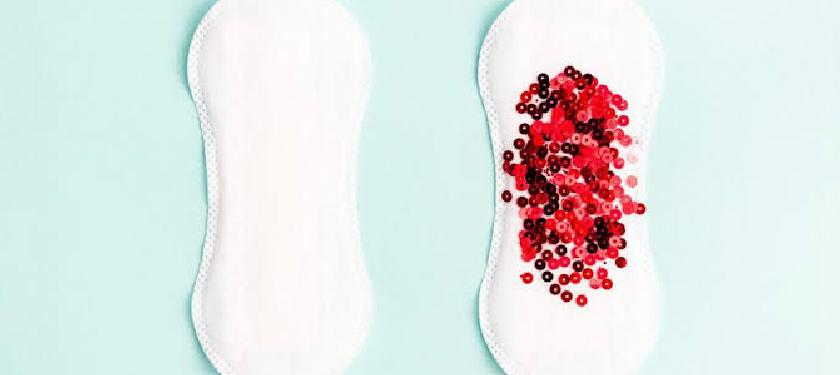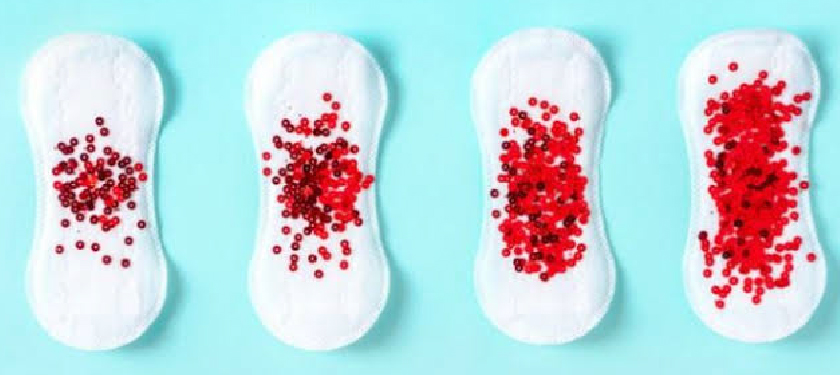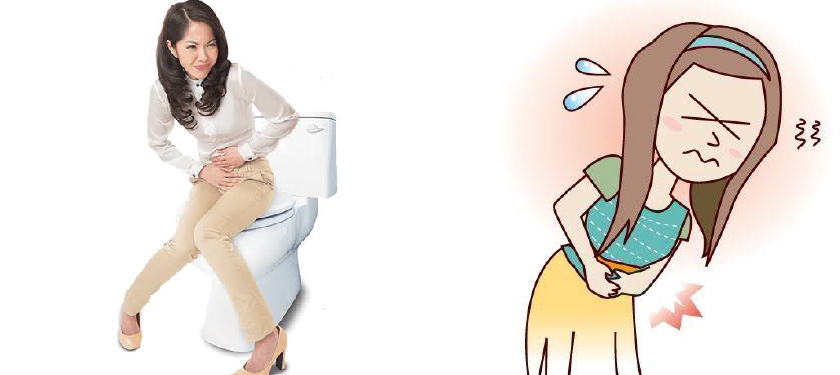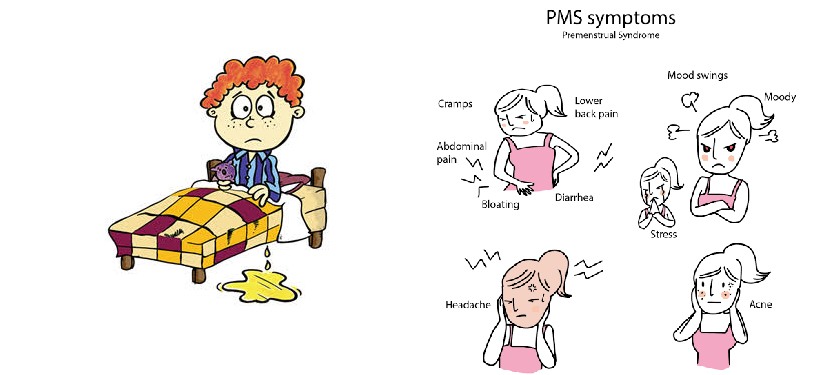Premenstrual Syndrome (PMS)
It is a Psychosomatic disorder of unknown aetiology, often noticed just prior to menstruation. The symptoms include Abdominal bloating, breast tenderness, swelling of extremities, weight gain, irritability, depression, anxiety, insomnia, dyspareunia, headache and loss of concentration.
Amenorrhoea
Absence of menses. It can be either physiological or pathological. Physiological amenorrhoea occur before puberty, during pregnancy and lactation and after menopause. Pathological occur due to congenital malformations of female Genital Tract or Pathology of Endocrinal system.
Polycystic Ovarian Syndrome
A hormonal disorder causing enlarged ovaries with small cysts on the outer edges. Symptoms include Menstrual disorders, most common being amenorrhoea; weight gain; dark patches of skin in folds and creases, acne and in many instances Infertility.
Menorrhagia
It is defined as cyclic bleeding at normal intervals; the bleeding is either excessive in amount (> 80 ml) or duration or both. It is due to underlying Pathology like fibroid uterus, adenomyosis, pelvic endometriosis, IUCD in utero, chronic tubo ovarian mass, tubercular endometriosis, retroverted uterus etc.
Metrorrhagia
It is defined as irregular, acyclic bleeding from the uterus. Amount of bleeding is variable. It can be due to Dysfunctional Uterine Bleeding, submucus fibroid, uterine polyp, carcinoma cervix and endometrial carcinoma.
Leucorrhoea
It is an excessive normal vaginal discharge. It can be physiological excess or pathological. Most common causes for pathological leucorrhoea are infection, Neoplasia and foreign body. The colour of the discharge may be whitish, greenish or yellowish. It can cause irritation and itching.
Dysmenorrhoea
It means painful menstruation of sufficient magnitude so as to incapacitate day to day activities.
Urinary problems of Gynaecology
1.Urinary Incontinence- involuntary loss of urine.
2.Voiding Disorder- Difficulty in emptying bladder.
3.Urinary Tract Infections
4.Dysuria- Difficulty (pain) in passing urine.





